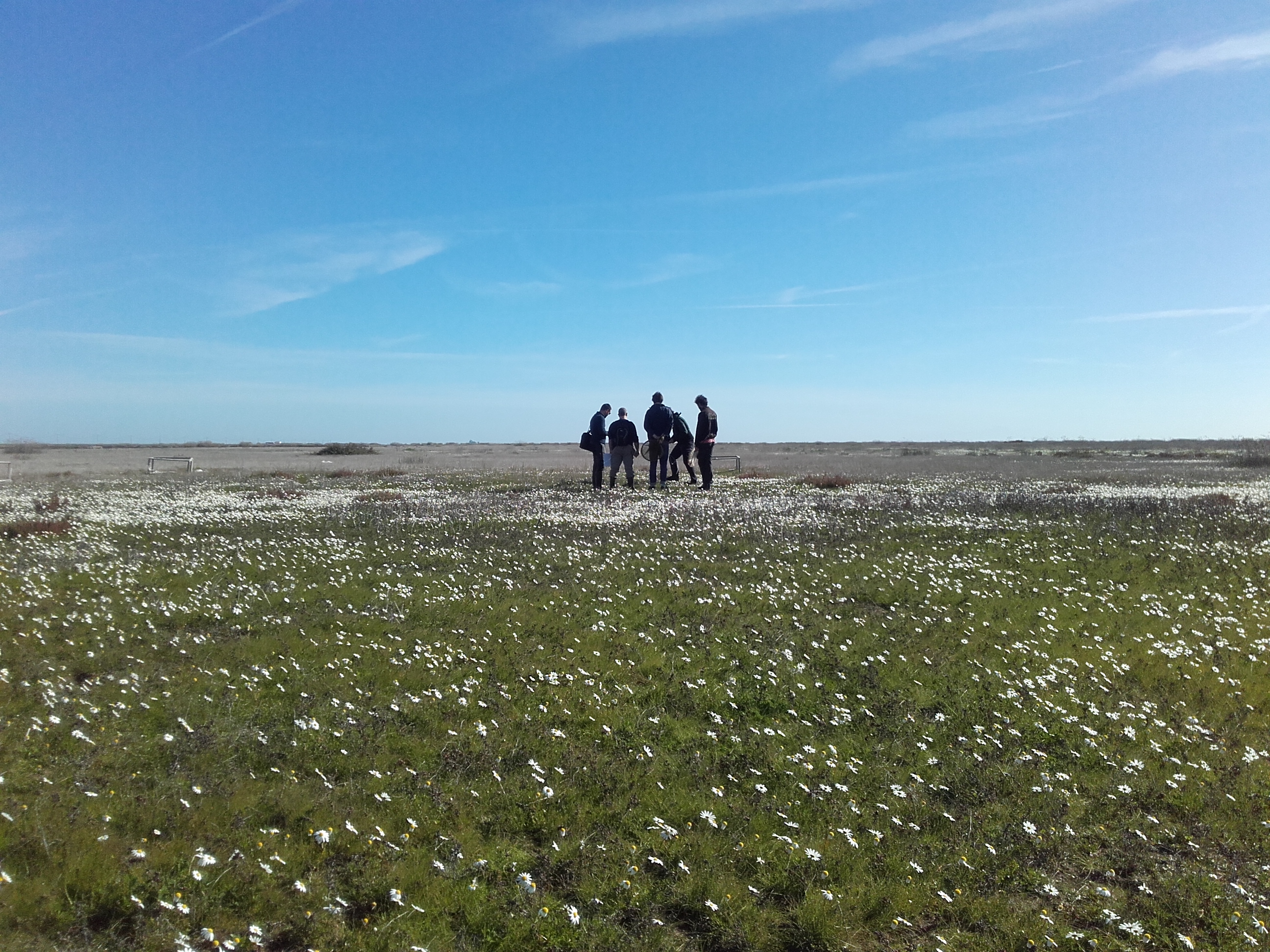Why are there more species in a large forest than in a small one? One of the most important laws in the study of biodiversity is the one that shows that the larger the area, the greater the number of species. This relationship between the number of species and area helps to explain, for example, the diversity that we observe on islands or lakes of different sizes. A study carried out by David García Callejas, Ignasi Bartomeus, and Óscar Godoy, researchers from the Doñana Biological Station – CSIC and the University of Cádiz, shows how different factors explain these universal relationships and how the species that may coexist in the long term and those that have a tendency to disappear can be estimated.
There are two general hypotheses that try to explain the increase in the number of species with the observed area, there. The first one says that simply by increasing the size of the available area, there will be room for a large number of individuals and, therefore, there will be a greater number of species. The second hypothesis argues that as the area increases, the range of environmental conditions also increases. With that, species adapted to different environments could coexist in a larger area. For example, we will find species that need more humidity in the wetter parts of the forest and species that prefer the heat in sunnier areas.
In this study, the authors show how the spatial factor, ignoring variations in environmental conditions, is the most important one by far in explaining the distribution of plant species in a study area at the Finca Caracoles within the Doñana National Park. Environmental variability, on the contrary, is relatively less important when explaining the increase of the number of species in the study area.
To reach these results, the authors use mathematic models that characterize the interactions between species and the way they regulate population growth. The researcher David García Callejas explains that "this is new because, until now, the role of species interactions was not considered when studying the relationship between the number of species and area. But these interactions are very important".
They compiled field data from 8900 individuals from 19 plant species across an area of 650 m2 during five years. With this data, they observed how the different species are distributed and how other plants nearby can affect the seed production of each individual. The authors studied the competition between species to explain how space is more important than environmental variability. "We observe that the competition interactions are mostly weak and there are even facilitation phenomena, which permits species to coexist, regardless of whether there are strong environmental variations across the space" explains David García Calleja.
Conserve a large territory, better than small ones
The study has a clear message for the conservation of biodiversity in Mediterranean areas. It shows that the larger a territory is, the higher levels of biodiversity it can keep, although it has a relatively homogeneous environment. "With this study, we show that we need to conserve large territories to reach high levels of biodiversity. We all know that there are large species, such as the lynx, that need large territories to survive. On the contrary, many plants or insect populations could tecnically survive in areas of just a few square meters. However, there are no opportunities at a practical level for different combinations of species to coexist in those areas.. If we want to conserve high levels of biodiversity, we need larger areas." affirms Ignasi Bartomeus, a researcher at the Doñana Biological Station – CSIC.
The key lies in the interactions. Óscar Godoy, a researcher at the University of Cadiz summarizes it like this: "Biodiversity needs area to self-sustain thanks to the network of interactions that generates. With large areas, we have both competition and facilitation interactions. If we reduce areas, the relationships will become more competitive, so that biodiversity will tend to self-limit due to a spatial factor".
Referencia:
David García-Callejas, Ignasi Bartomeus, Oscar Godoy. The spatial configuration of biotic interactions shapes coexistence-area relationships in annual plant community. Nature Communications. https://doi.org/10.1038/s41467-021-26487-2









 Las altas temperaturas están provocando que las lagunas y las marismas de Doñana pierdan agua rápidamente
Las altas temperaturas están provocando que las lagunas y las marismas de Doñana pierdan agua rápidamente



